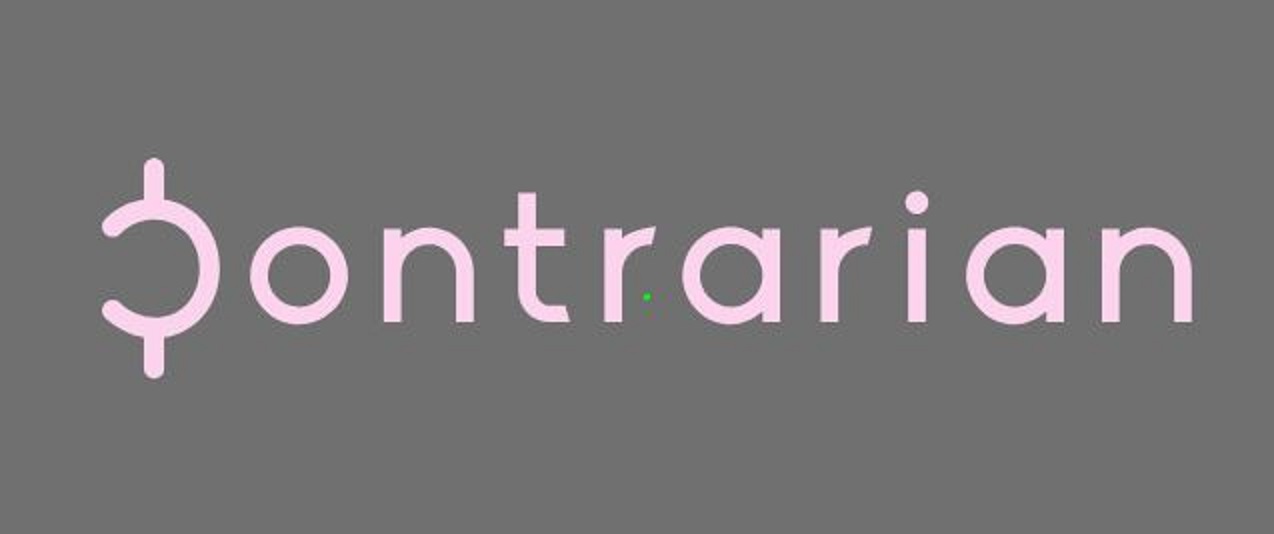With Barry Knapp, Ironsides Macroeconomics
Barry Knapp of Ironsides Macroeconomics rejoins the podcast to discuss his view on “policy tremors” that could upend economic and risk asset growth in 2021.
(Barry’s dog Oliver makes a brief appearance as well).
Content
(Spotify users can skip directly to the segment by clicking on the timestamp)
- The current reflation theme is part of a recovery from what was actually a two-year recession in global manufacturing, trade, and capital spending (4:19);
- The Federal Reserve will initially be pleased with rising inflation, having slayed the deflation boogeyman. This will eventually morph into discomfort (first from regional bank presidents) and concerns that inflation is moving “too far, too fast” (11:43);
- Once this happens, Fed officials will begin discussing “policy normalization” and real rates will start to move, triggering a risk-off event (13:19);
- The Georgia elections the first week of the year were a kind of “sneak preview” of this event, but look to mid-year for the real McCoy (16:37);
- Another important indicator: Watch house prices through the spring selling season (20:40);
- Two details of President-elect Biden’s $1.9 trillion stimulus proposal that are not fully appreciated by the market (21:41);
- The Democrats will likely ask for more than Republicans are willing to give, triggering reconciliation that would be a rude awakening for the market (28:38);
- If the $1400 stimulus checks go through it may lead to another “speculative blow off” (30:50);
- There is no indication President-elect Biden is willing to roll back tariffs on China, though he could re-engage in TPP. But anybody expecting a broader unwinding of the trade war “is pretty off-base” (33:00);
- Look for further USD weakness, particularly against the yen and the euro (37:57);
- Favorite asset classes for 2021 (41:09)
